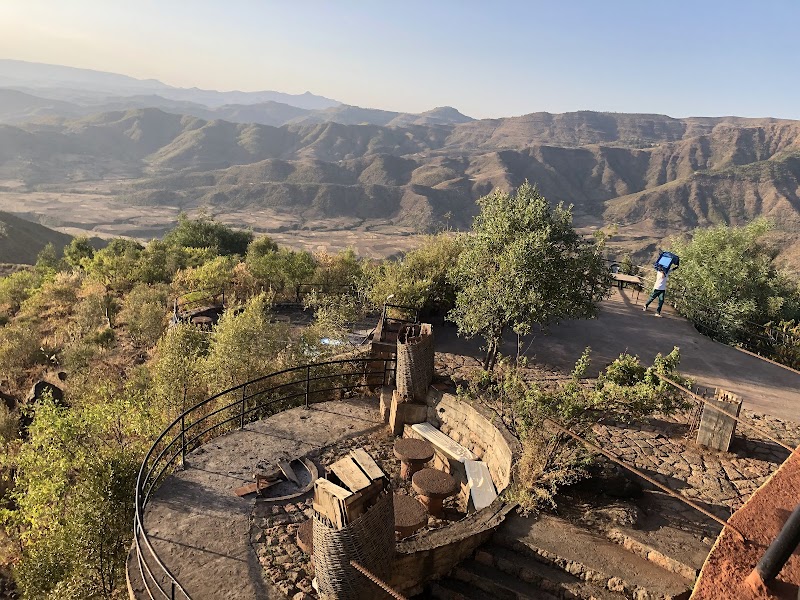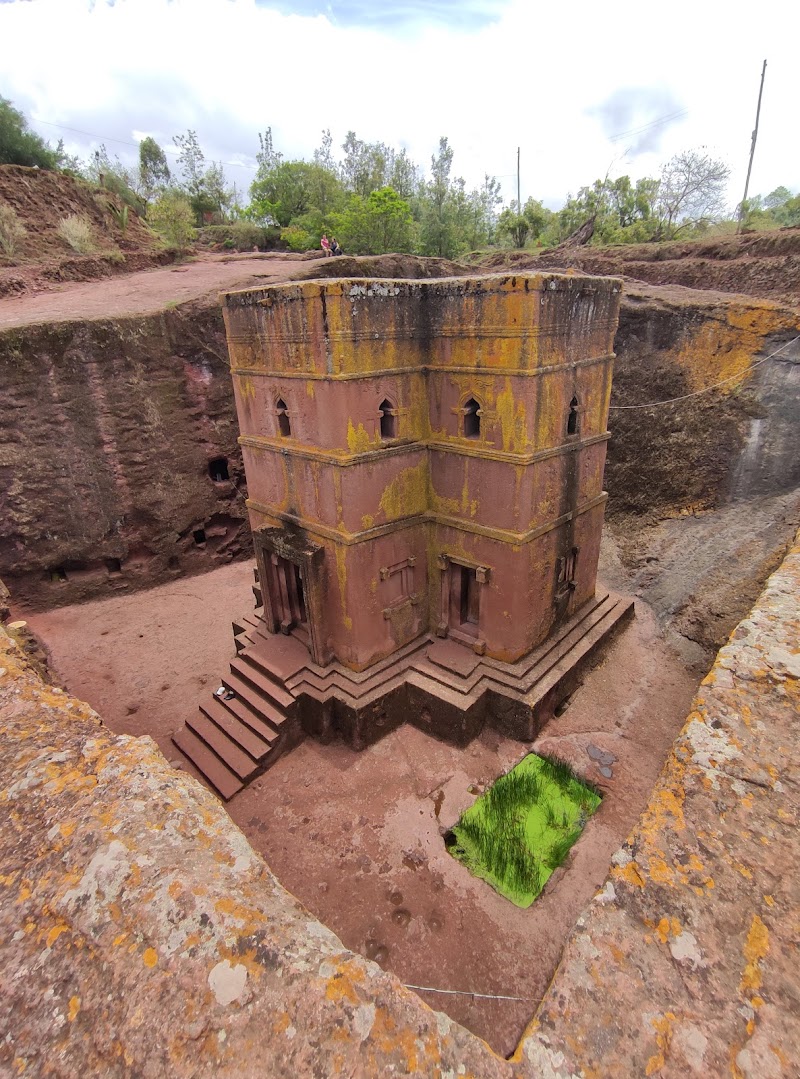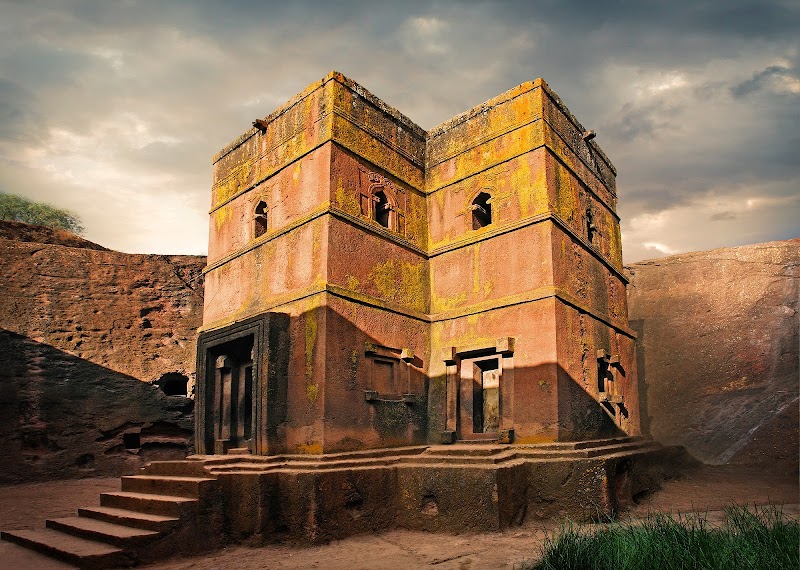Investors
Oops! Something went wrong while submitting the form.




Located in the northern part of Ethiopia, Lalibela offers a unique blend of cultural richness and natural beauty. The churches are still active places of worship, which adds a vibrant dimension to any exploration. Activities in Lalibela, Ethiopia, go beyond sightseeing; travelers can attend local religious ceremonies, interact with monks, and learn about the traditions that have persisted for centuries. Whether visitors are history buffs, religious scholars, or simply curious explorers, everything from walking through the narrow tunnels that connect the churches to admiring intricate crosses offers plenty of memorable experiences.
Discovering things to do in Lalibela, Ethiopia, is easier when considering the church complex itself as the centerpiece of the adventure. Since the area is relatively compact, visitors can comfortably explore several churches on foot within a day, making the trip both convenient and budget-friendly. Many travelers seeking cheap activities in Lalibela, Ethiopia, will find that admission to the site is reasonably priced, especially when compared to other UNESCO World Heritage Sites. Moreover, the town offers affordable dining options and accommodations, making it accessible for those looking to indulge their wanderlust without overspending.
Reaching Lalibela, Ethiopia, has become more convenient in recent years. Airlines now offer cheap flights to Lalibela, Ethiopia, particularly from Addis Ababa, making it easier for international and domestic travelers to incorporate this destination into their itineraries. Fly to Lalibela, Ethiopia, and you’ll find yourself transported to a place where history and spirituality merge seamlessly. From here, it’s simple to find additional cheap activities like guided tours, traditional coffee ceremonies, and local markets that provide insight into Ethiopian culture.
For travelers who want to maximize their experience, having a resource like an AI Travel Agent or using a trip planner app can be highly beneficial. These tools help individuals find the best deals on cheap flights, suggest popular activities in Lalibela, Ethiopia, and create personalized trip itineraries tailored to specific interests. By leveraging AI travel technology, visitors can ensure they're making the most of their time without the hassle of extensive planning.
In summary, the rock-hewn churches of Lalibela offer a deep dive into Ethiopia’s rich heritage with plenty of affordable and convenient activities for frequent travelers. Whether it’s your first trip or one of many, combining this extraordinary historical site with smart travel planning really brings the adventure to life.